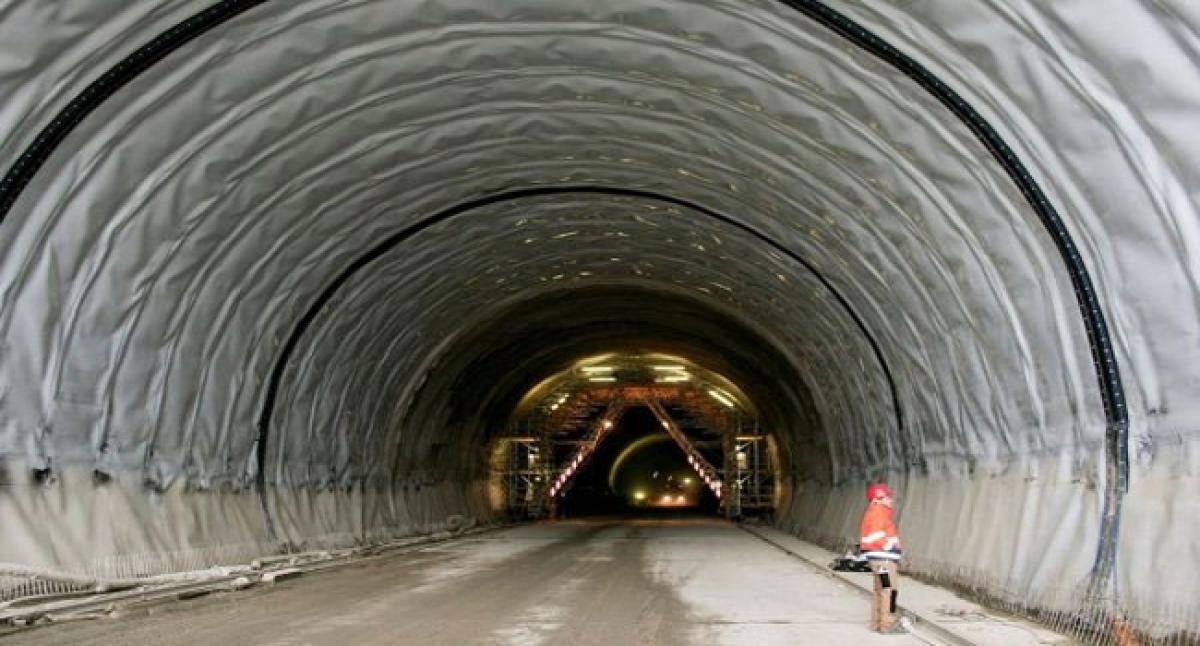Railways building South India’s longest tunnel

A railway tunnel, longest in South India, is being constructed through Veligonda hills as part of the Krishnapatnam-Obulavaripalli railway project. The Rail Vikas Nigam Limited is using modern technology to build the tunnel with 7.56 km. The authorities expect the construction would be over by the end of this year.
Nellore: A railway tunnel, longest in South India, is being constructed through Veligonda hills as part of the Krishnapatnam-Obulavaripalli railway project. The Rail Vikas Nigam Limited is using modern technology to build the tunnel with 7.56 km. The authorities expect the construction would be over by the end of this year.
The Indian Railways has planned to take up the rail line in the tunnel adopting the non-ballast track system for hassle-free maintenance and also for managing maximum speed in the tunnels allocating Rs 839 crore especially for the tunnel.
The tunnel will be going through Veligonda hills. The hills had remained the main hurdle for the movement of men or material between Kadapa and Nellore districts. The Veligonda hill range separates Kadapa district from Nellore.
Starting from Nagari in Chittoor district, the tunnel runs in a northerly direction along the western border of Nellore district, rising to an elevation of 3,626 ft at Penchalakona in Rapur mandal.
The Krishnapatnam-Obulavaripalli railway project was proposed in 2006 for laying the rail line for 122 km between Nellore and Kadapa districts with an initial cost of Rs 1,646 crore. For this, 1,900-acre land was acquired of which 325 acres was forest land for which the Union government accorded clearance. But the project cost later escalated to around Rs 1,900 crore.
Even though the works started in 2012, they were sluggish. Momentum picked up in 2014 with the allocation of funds. The RVNL took up the project proposing two sections of the tunnel as part of the line. The first section consists of 6.60 km and the other 0.96 km with some gap between the two sections.
“Non-ballast railway tracks allow operation of high-speed trains and have low maintenance. So, the project had gained significance in the region with new technology which the Indian Railways introduced. Works had to be completed by the end of 2017 but were delayed. Now, we are expecting completion of the project by end of this year,” said an official involved in the project.














